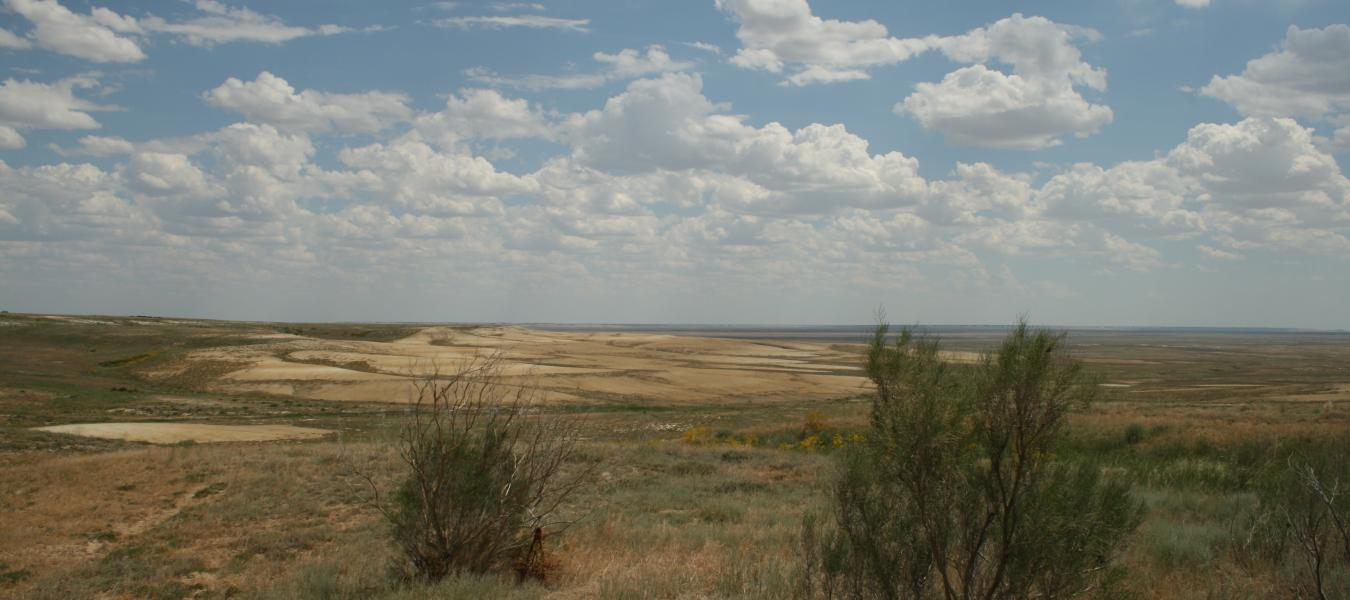Political Change and Factors Limiting Numbers of Wild and Domestic Ungulates in Kazakhstan

We examined factors regulating numbers of domestic livestock and saiga antelopes during the major periods of Kazakhstan's history. In the pre-Soviet period livestock migrations were relatively unrestricted and covered huge distances. Little winter feed or veterinary care was provided for domestic livestock and numbers were regulated largely by winter snow or ice cover. Drought affected fecundity but did not cause large-scale mortality.
During the Soviet period the provision of winter feed shielded domestic livestock from winter mortality while hunting controls allowed saiga numbers to recover from overhunting. Livestock and saiga numbers during this period were high and there is evidence that productivity was affected. However, there were no crashes in livestock numbers linked to high densities, probably because rainfall variability is relatively low and catastrophic droughts are rare. Today livestock numbers in Kazakhstan have crashed because of the withdrawal of state support and the use of animals as currency. The collapse of the state also meant the end of hunting controls and increased poverty, which has lead to widespread saiga poaching and dramatic population declines.
